Bagna càuda is a delicious Piedmontese dip which translates to “hot bath”- a pretty self explanatory name as it’s served warm with vegetables for dipping. We were first introduced to bagna càuda long before we traveled to its place of origin for the first time. Though Piedmont is now one of our favorite places to travel and we’ve enjoyed bagna càuda there on many occasions, we first tried this dish in Canada of all places. Our good friend, Miro, who has a cottage near ours in Quebec, is originally from Northern Italy. Each summer, he invites us over for a long leisurely Italian lunch. It was during one of these lovely afternoons when he first prepared bagna càuda for us. We had our doubts about how much we would enjoy the dish, given that it is primarily made up of anchovies and garlic, but we quickly discovered that something magical happens when you cook down those two ingredients in olive oil.
Bagna càuda served with vegetables and bread
Anchovies in Piedmont
You may wonder why a dish typically associated with landlocked Piedmont would include a sea faring fish. There are a multitude of theories about why the anchovies became so important to Piedmontese cuisine, but the most prominent has to do with the salt that fish are typically preserved in. Salt used to be a highly sought after commodity which was taxed heavily along trade routes. To avoid paying taxes, certain merchants would put a few layers of salted anchovies on top of their salt supply so that when the tax inspectors opened the barrel, they would only see the anchovies which were not subject to the same taxes as salt. This illicit activity is what originally brought salted anchovies to Piedmont, and over time, people developed a taste for them and began incorporating them into sauces and braises. Eventually this lead to a legitimate market for anchovies. In order to bring in additional money, poor farmers would go to the Ligurian coast after their harvest and load up their carts with salted anchovies. They’d bring the carts from village to village during the winter months, meeting the demand that the region had developed for the fish.
How to Eat Bagna Càuda
Bagna càuda is a fantastically social dish – it’s basically the fondue of northern Italy. The dip is served with vegetables - traditionally a relative of the artichoke called a cardoon, but any crunchy veggies will do – which are dipped into the bagna càuda. You essentially use bread as an edible plate while enjoying the dip, allowing any drips from your veggies to fall down onto pieces of a country loaf. Once the bread is somewhat saturated, you eat the bread and then repeat the process. There are few foods better suited for a party! Served with a glass of from our wine harvest in Piedmont, it’s immersively delicious. As a bonus, you don’t have to deal with any plates or silverware when serving bagna càuda (yay for fewer dishes). Just be sure to have some napkins on hand and you’ll be all set.
My husband Sam enjoying bagna càuda
Making Bagna Càuda
Making bagna càuda is simple – it really boils down to cooking garlic and anchovies in olive oil until they can be mashed into a paste – but like any traditional Italian dish, the “correct” way to make the dish is somewhat up for debate. Some people will only use the aforementioned three ingredients, while others pre cook the garlic in water and milk before adding the olive oil and still others incorporate butter or cream into the recipe. Certain cooks insist on removing the “germ” from the garlic before cooking, claiming that the dish will develop an unpleasant bitter taste otherwise. For this recipe, I simmered the garlic in milk for 10 minutes, which adds a nice richness to the dish and helps prevent the garlic from frying (rather than softening) in the olive oil. I also found that as long as you’re using garlic that has been stored properly and therefore hasn’t sprouted (i.e. has green shoots coming out of the top), it’s unnecessary to remove the germ. It’s vital to use high quality anchovies in this recipe as they are truly the main ingredient of the dip – there’s nothing for them to hide behind!
Bagna càuda ingredients
Enjoying a lovely barbera with bagna càuda
What to drink with Bagna Càuda
As is so often the case, this dish is best with the wines from it’s place of origin – in this case, Piedmont. A fruity Barbera or Dolcetto will help balance out the salty pungency of this dish.
Recipe for Bagna Càuda
1 cup milk
12 large garlic cloves peeled
25 high quality oil packed anchovy fillets
½ cup extra virgin olive oil
1-3 tablespoons of butter (optional)
Assorted crunchy vegetables
Crusty bread
Remove any green sprouts from the garlic cloves, then place the garlic and milk in a saucepan over medium low heat. Bring to a simmer and cook for 10 minutes.
Drain the garlic well (reserve the milk for another use such as a béchamel sauce) and return to pan. Add the olive oil and cook over very low heat until the garlic is soft enough to be easily crushed with the back of a spoon. Add the anchovies and continue to cook, stirring until they break down completely forming a thick paste.
If you’d like a smoother sauce, feel free to give it a blitz with an immersion blender at this point. Give the sauce a taste – if you find it too strong, add a few cubes of butter to help mellow it out.
Transfer the dip to a warm dish (you can place it over a sterno or candle if you have the proper set up) and serve alongside the crunchy veggies and bread. Enjoy with friends!
Would you like to visit the Piedmont region or other parts of Europe? We can help with that! Remember that we are always available to you and your friends and family for custom trip planning to Europe. We are experts in creating custom travel itineraries and leading small group trips in Europe. Feel free to reach out via email — I'm always available to talk about travel!!
Love this post? Pin it so you can come back to it later!
Chelsea is one third of the Euro Travel Coach team (and is the daughter of the other two thirds of the team, Greg and Betsy). She has a passion for food and wine and has a background in hospitality. She attended Cornell University's School of Hotel Administration and interned with two of New York City's best restaurant groups while she was in school. After graduation she worked at the number one wine auction house in the United States, Chicago's Hart Davis Hart Wine Co. There, she organized various wine centric events for HDH's most valuable clients. She and her husband moved to Copenhagen, Denmark in 2016 and then to Bristol, UK in 2018 and traveled through Europe extensively during their time living abroad. Her expertise in food and wine and her experience living in Europe helps her to find amazing accommodations, delicious restaurants, and unique experiences for Euro Travel Coach clients.


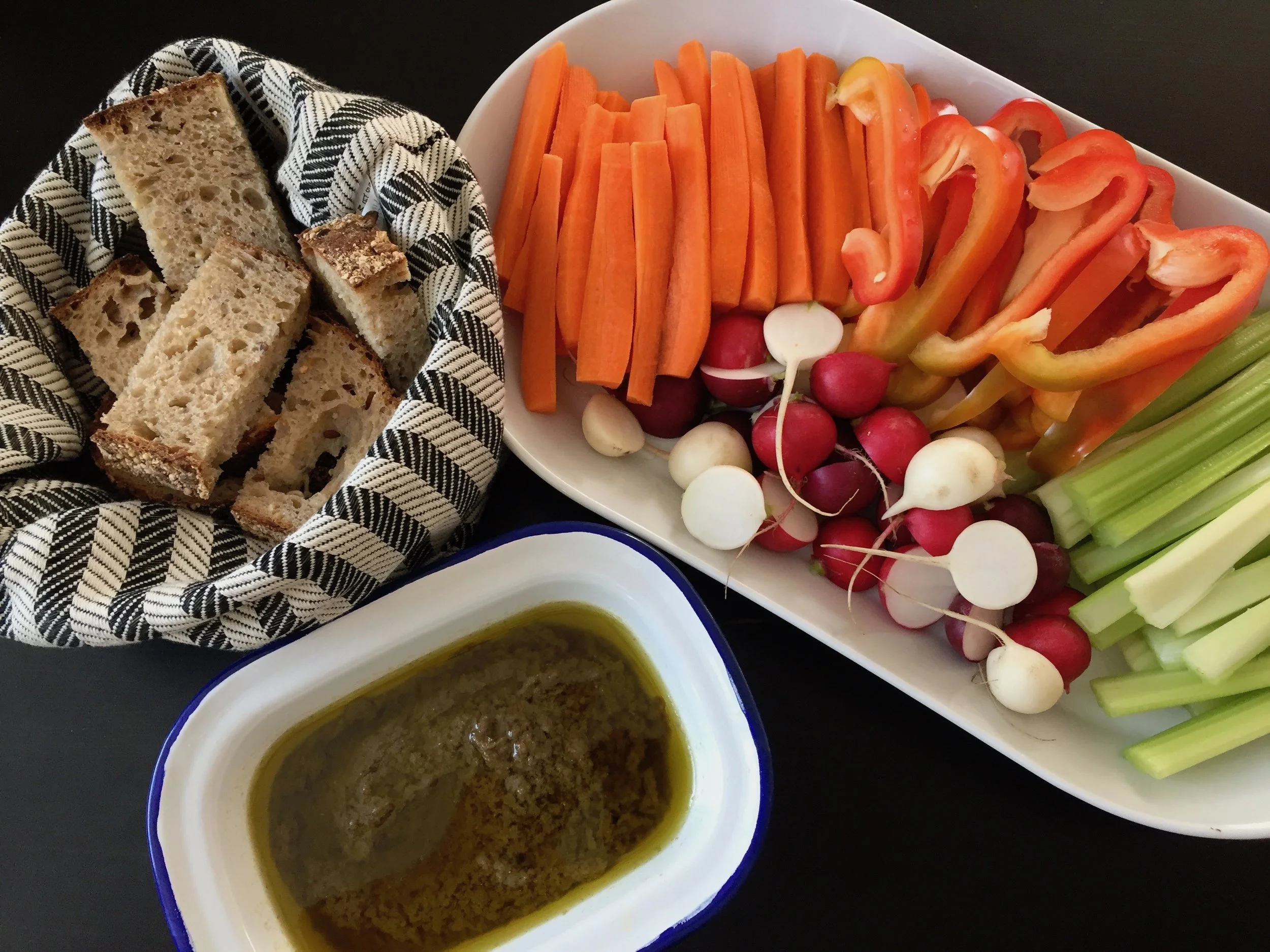
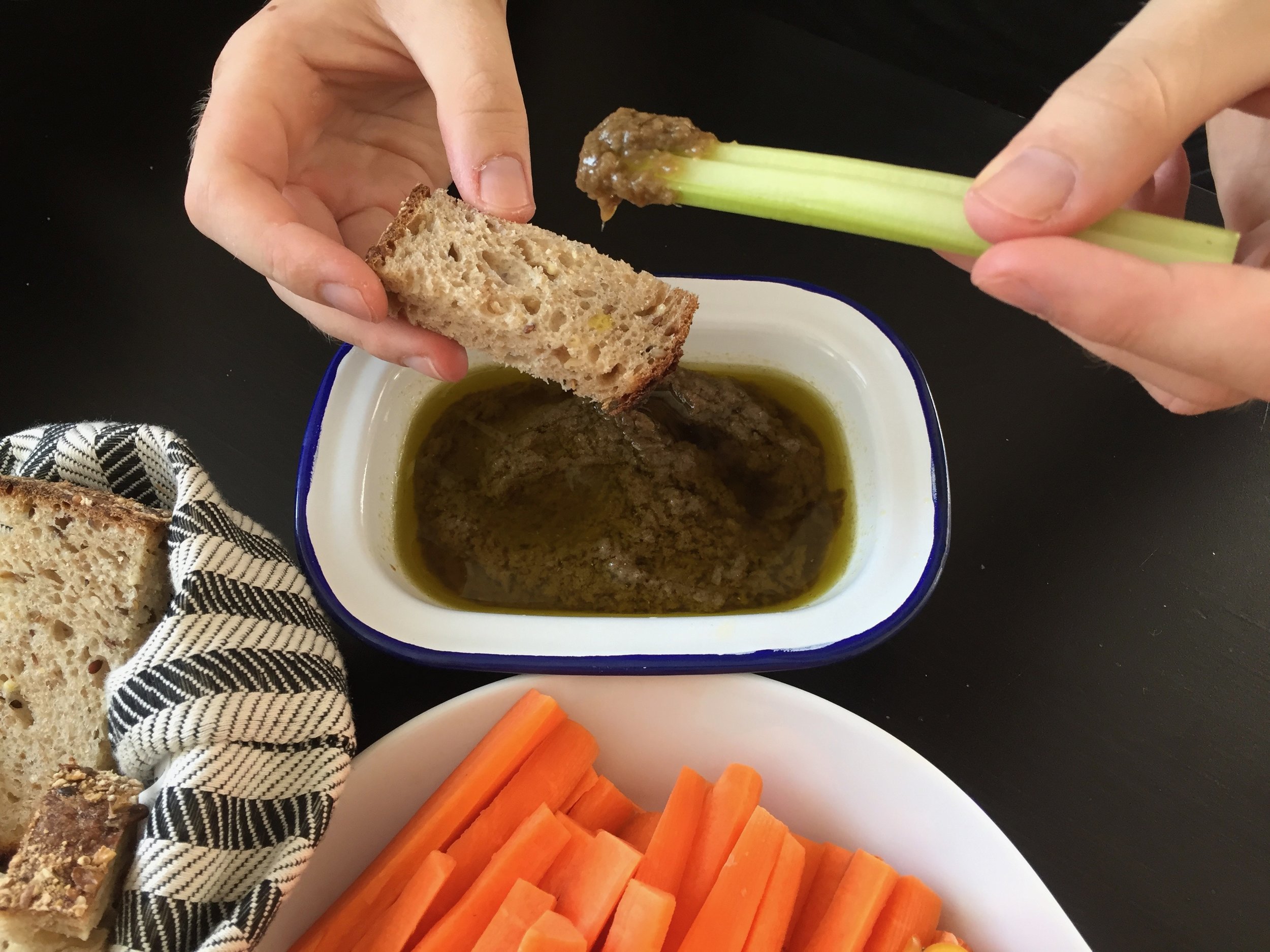





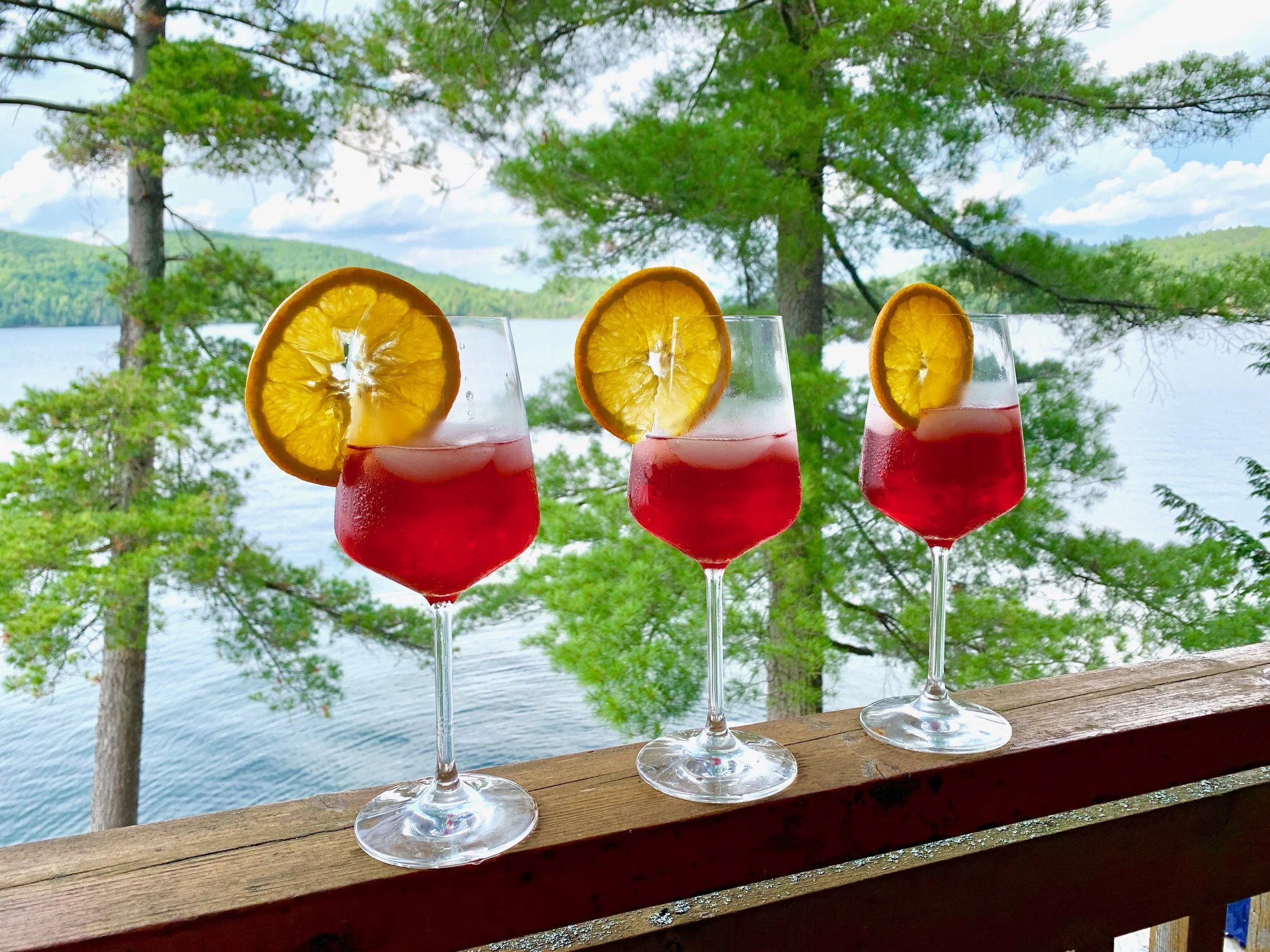
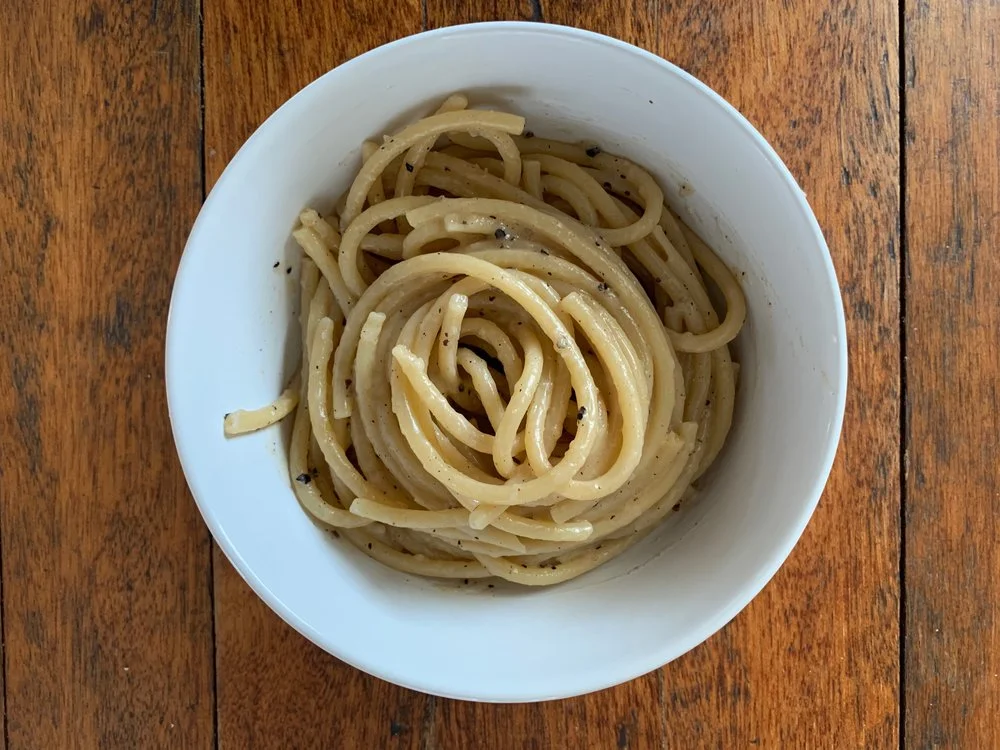


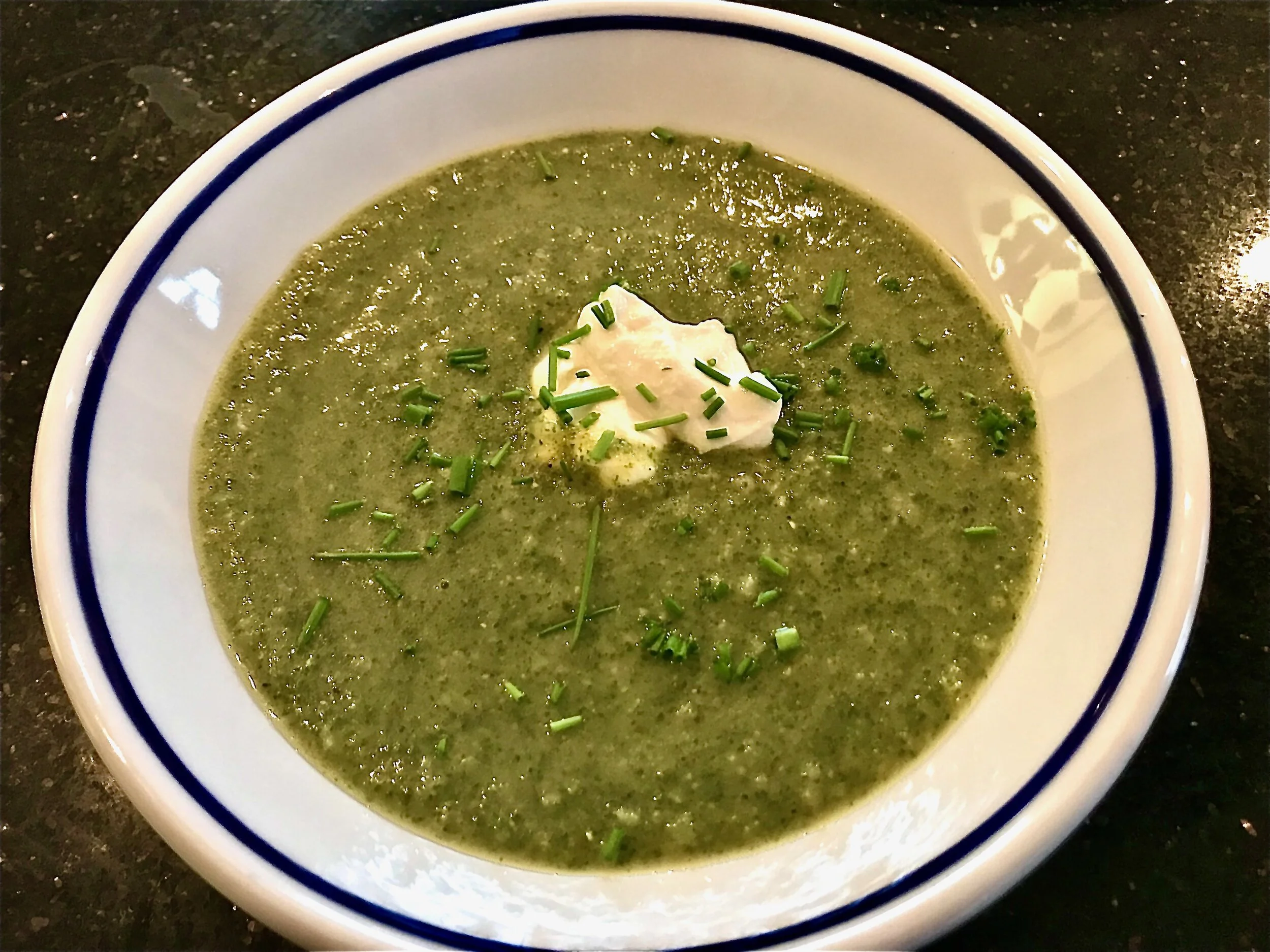
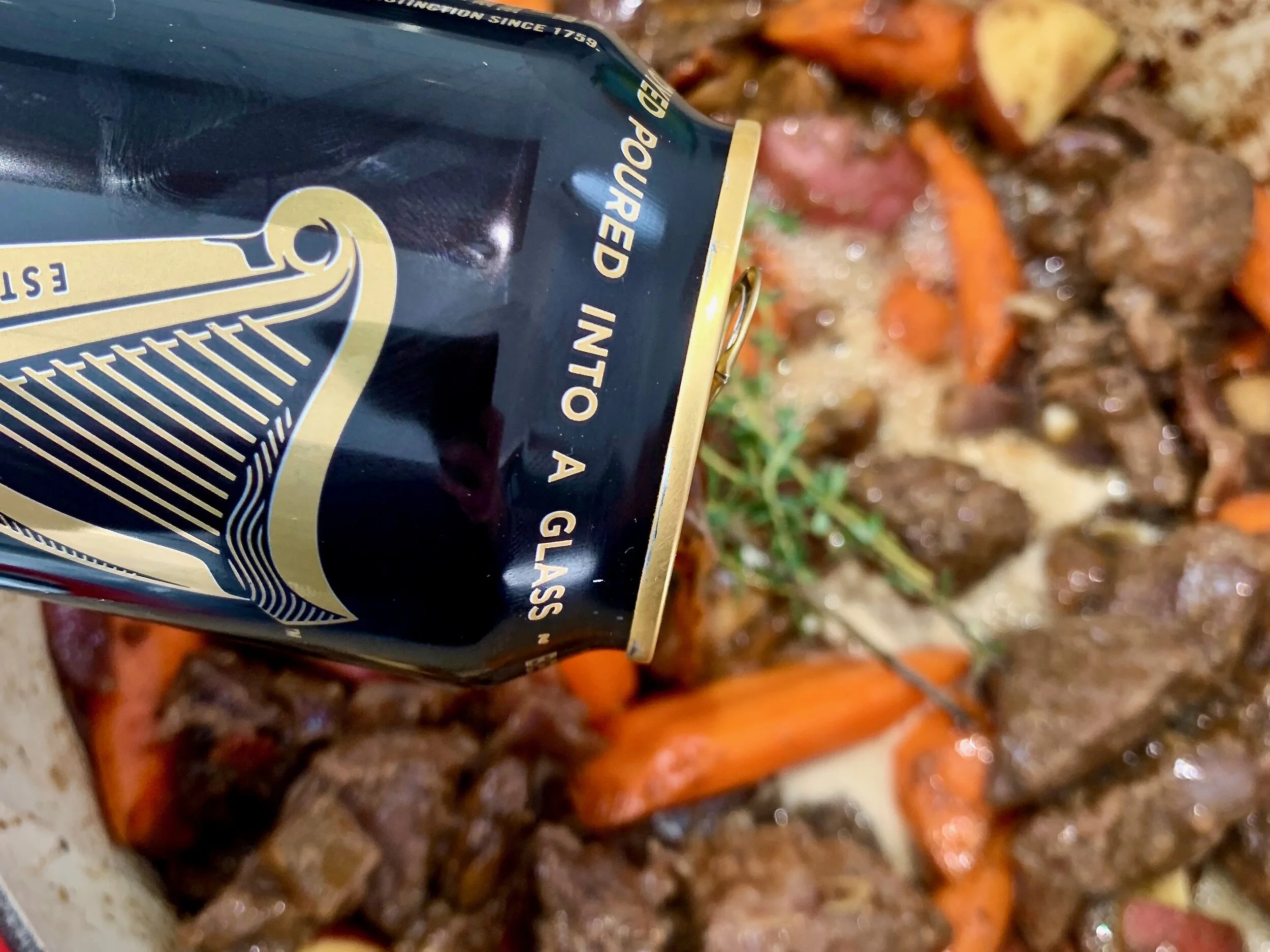



When you are Planning a Trip to the United Kingdom, it’s fun to try a British dessert as you prepare. Sticky Toffee Pudding is a popular dessert in the UK. It is almost surprising you don’t see it on more menus in the US. Now you can make it at home by following this easy recipe. Be sure to include places to enjoy this dessert in your Travel Itinerary to Great Britain!